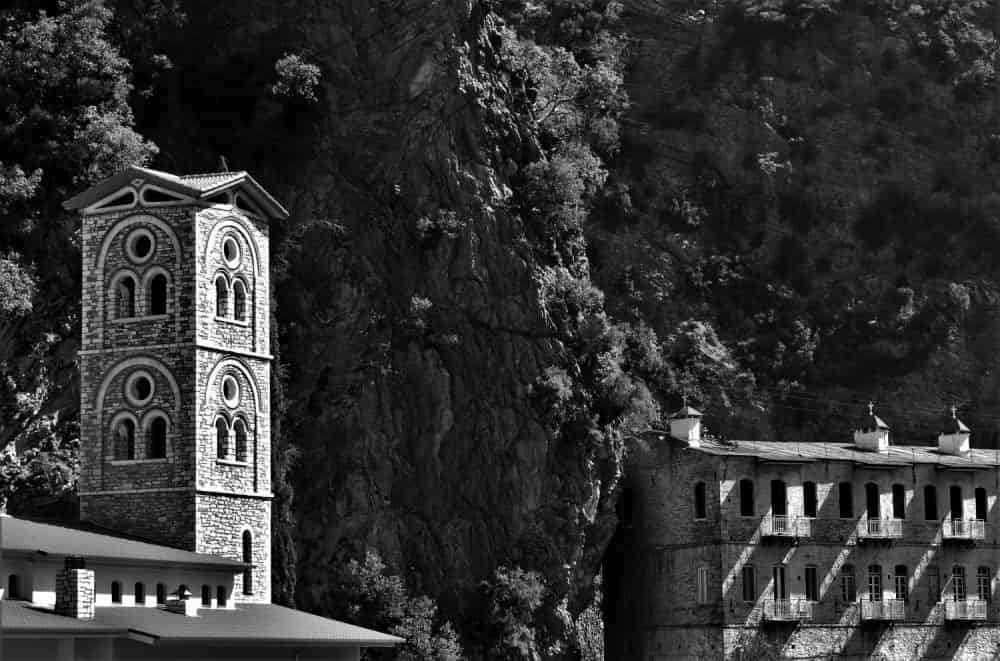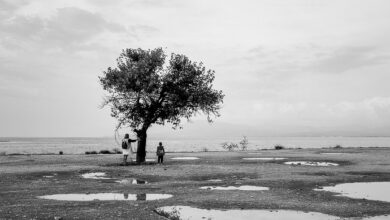One of the most beautiful routes in Greece is in Evritania area, starting from Viniani village to the monastery of the Virgin Mary in Prousos. The road passes through villages that were shelters of the liberation forces during World War II.
Sixty-five years after the end of World War II, time flows slowly in a land rich in gorges, mountains, ravines and inaccessible peaks.
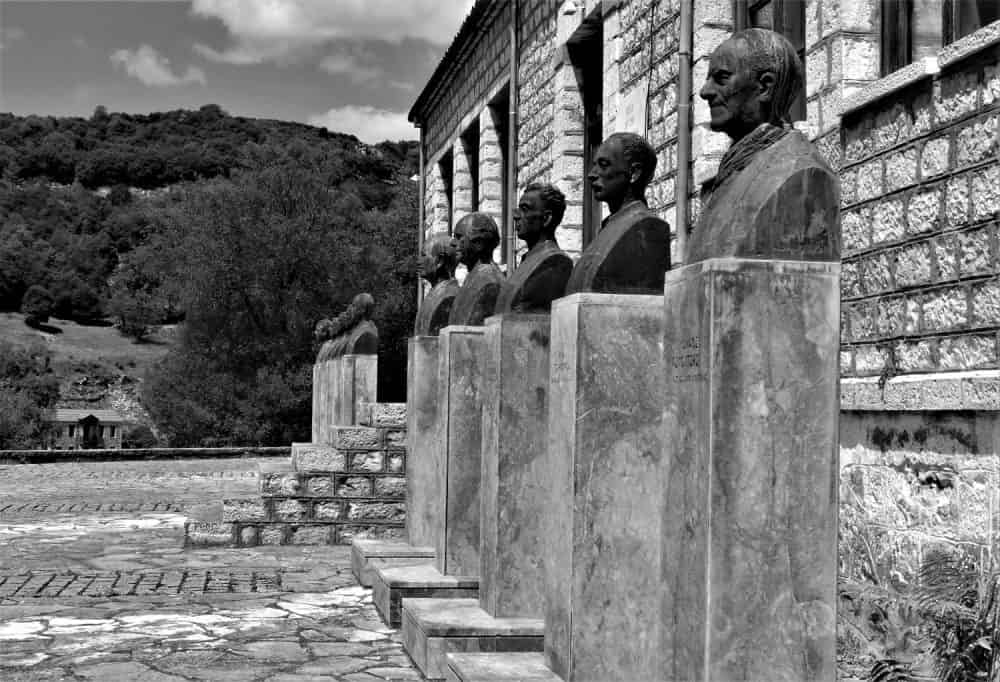
We started our road trip from Old Viniani. It used to be a rich village with a large production of excellent wine from where it got its name, as “vinus” means “wine” in Latin. Today Old Viniani has only two permanent residents. A major earthquake in 1966 caused a landslide so, residents left their homes. At the village school on October 9, 1944, the first government of Free Greece was formed, the so-called Government of the Mountain. Today the school operates as a museum of Greek National Resistance. The busts of the members of the Government of the Mountain have been carved in the courtyard of the school.
Continuing our way, we crossed the iron bridge of Megdova River and after the villages of Agios Prokopios and Ambares we reached the Koryschades village.
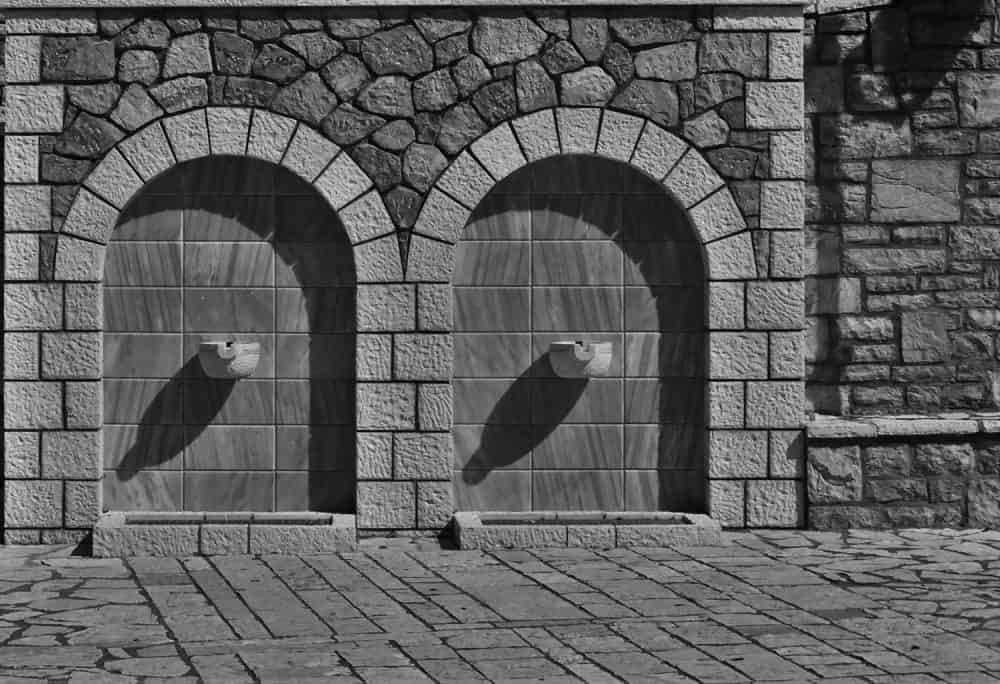
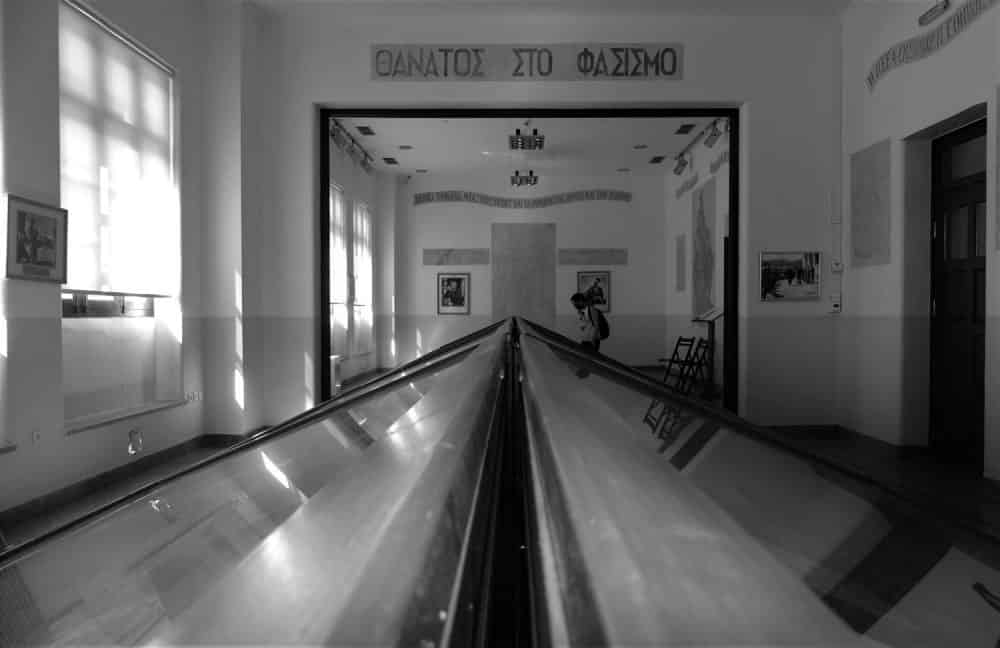
The first National Assembly of the Government of the Mountain took place in the old primary school. The school is a museum nowadays, dedicated to the Greek National Resistance against Nazism.
After a route through green forests and some rest in Mikro Chorio village, we arrived at the monastery of the Virgin Mary.
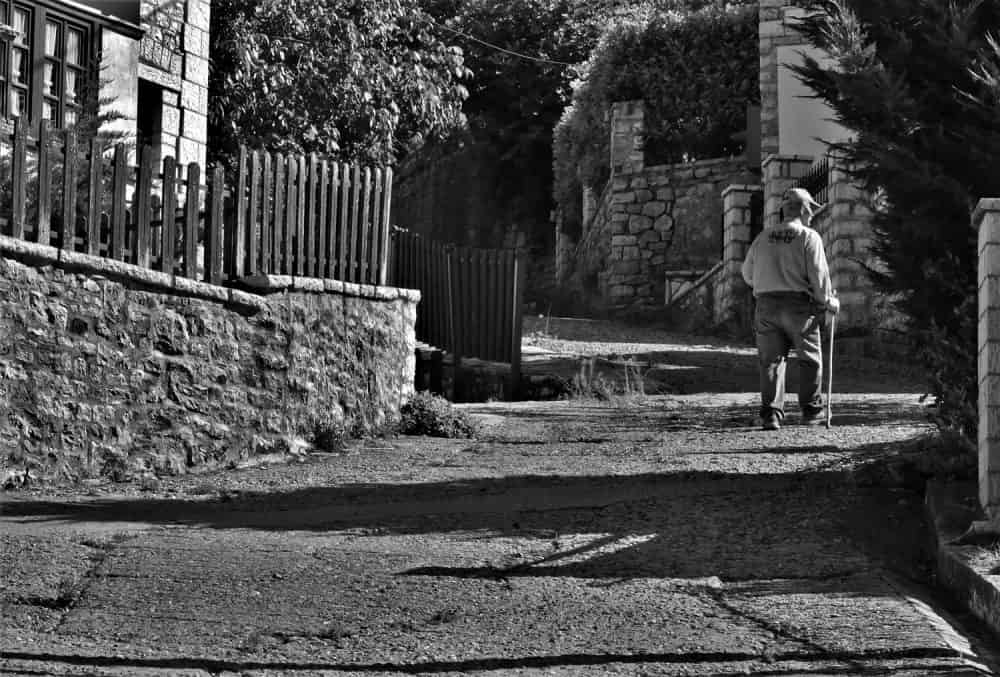
The monastery stands naturally fortified in the ravine of the Prousiotis river. It is one of the most important sacred centres for Orthodox Christians. During the Greek War of Independence against the Ottoman Empire in the 19th century, the monastery housed the headquarters of Georgios Karaiskakis, who was the most important general of central Greece. The monastery had always a great educational role. In 1944, the Nazis burned much of the monastery, destroying important historical relics.
The route in the mountains of Evritania, amidst the scents of oregano and fir, is also a journey in the History of World War II.





